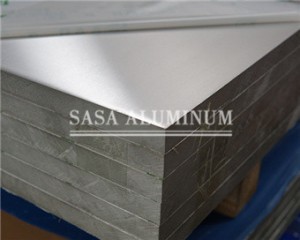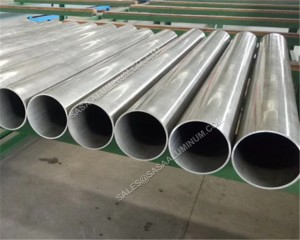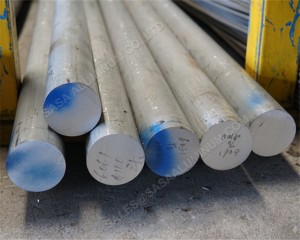Based on different properties and applications, aluminum alloys can be divided into: industrial pure aluminum (L), rust-resistant aluminum (LF), hard aluminum (LY), super-hard aluminum (LC), forged aluminum (LD), and special aluminum (LT).
1.Industrial Pure Aluminum:
It has good processing properties and electrical conductivity, mainly used for making conductive busbars, wires, and heat exchangers.
2.Rust-Resistant Aluminum:
Rust-resistant aluminum is a heat-treatable non-strengthening alloy that can only be strengthened through cold working. Commonly used alloys include LF2 (5052), LF4 (5083), and LF21 (3003), which have moderate strength, good plasticity, and corrosion resistance.
3.Forged Aluminum:
Typical grades include LD2-2 (6070), LD10 (2014), LD30 (6061), and LD31 (6063). LD2-2 has good plasticity and is easily formable in both cold and hot states. It is widely used in the manufacturing of forged parts, extruded profiles, and tubes operating at medium strength at room temperature. LD10, also known as high-strength hard aluminum, has strength comparable to LY12 alloy but better forgeability, good plasticity, heat resistance, and weldability. It can be processed into pipes, bars, profiles, wires, and forged components, mainly used for high-load structural parts. LD30 and LD31 have moderate strength, good plasticity, excellent weldability, corrosion resistance, and are resistant to stress corrosion cracking. They are suitable for architectural decorative profiles and various structural components with good corrosion resistance requirements in industrial applications.
4.Hard Aluminum:
Hard aluminum has high strength, with LY12 (2024) being a typical grade. After heat treatment, the tensile strength at room temperature of this grade’s extruded profiles can exceed 392MPa, and it has some heat resistance, making it suitable for parts operating below 150°C.
5.Super-Hard Aluminum:
A typical grade is LC4, also known as high-strength hard aluminum, with a tensile strength not less than 539MPa for extruded components at room temperature. It is primarily used in the aerospace industry for critical structural elements in aircraft.
Post time: Sep-25-2023


